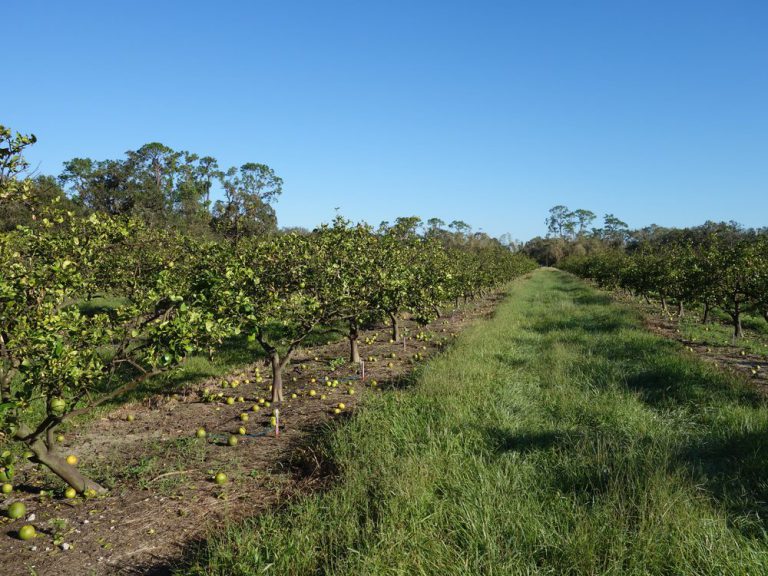In the year since Hurricane Ian unleashed its fury on Southwest Florida, University of Florida Institute of Food and Agricultural Sciences (UF/IFAS) Extension agents have helped communities in their long road to recovery.

What was left in the path of the hurricane’s 150 mph winds and flooding rain? How about damaged crops, eroded beaches, downed trees and power lines, property marred or made unlivable and more.
In the days and weeks immediately after the hurricane hit, UF/IFAS Extension agents helped bring supplies and science-based recovery information to farmers, nurseries, livestock producers and more.
They also checked on the well-being of many residents and proprietors.
“We have supported our partners and helped facilitate conversations between groups of stakeholders and those who can help them,” said David Outerbridge, director of UF/IFAS Extension Lee County. “We play a role as an ‘information first responder’ for our communities and connect partners with UF/IFAS resources to help provide research information and long-term community planning.”
Those partners include Lee County parks, Sanibel Island, Pine Island growers, the Southwest Florida Regional Planning Council and the Lee County Schools Healthy Living Collaboration.
A closer look at UF/IFAS Extension Lee County help:
• Evaluated impacts of flooding on plants and soil.
• Provided and transported resources, particularly feed and supplies to livestock producers.
• Helped connect stakeholders with Florida Sea Grant, commodity groups, FEMA and other federal agencies to communicate losses and direct recovery resources.
• Worked with the regional planning council and the shrimp industry to plan for future resilient working waterfronts.
• Provided mental first aid for 4-H youth.
• Wrote articles and publications to communicate the impacts, telling the stories of those affected by Ian.
Significant work remains to get Lee County back to normal, Outerbridge said. Residents can help support area recovery by buying local products and getting to know your agricultural producers.
Charlotte County
Just up the coast, Ralph Mitchell, director of UF/IFAS Extension Charlotte County, said residents and business owners coped with plenty of tree damage. But he and his agents helped them with information about triage and damage assessment.
Months later, on National Arbor Day in April, about 250 residents received Florida elm trees from UF/IFAS Extension Charlotte County.
In addition to trees, many landscapes were torn up in Charlotte County.
“Moving forward, our ‘blank-slate landscapes’ allowed us to reemphasize and reintroduce Florida-Friendly Landscaping™ principles to both new and established gardeners,” Mitchell said. “Homeowner associations were particularly receptive audiences.”
Lessons
“We have many vulnerable areas on our coasts and along our waterways,” Outerbridge said. “Resilience must increase as another storm of this magnitude in the next 10 years would be bad. We need to keep shining the light on post-Ian impacts. The implications and damage from the storm will take many more years to recover fully.”










